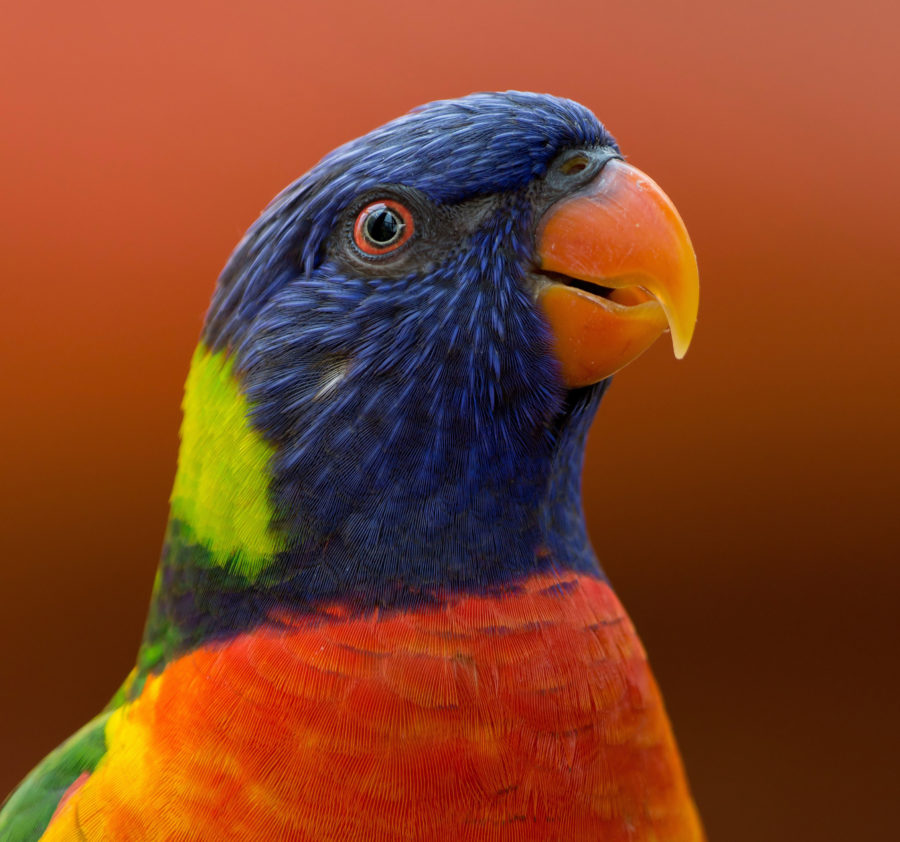
10 Things You Didn’t Know About Parrots
1. One word: zygodactyl
Like many of our favorite bird species, parrots have four toes on both feet. However, their feet are special split into two toes pointing backward and two toes pointing forward or zygodactyl. This allows parrots have a strong grip and excellent climbing capabilities. It has even been suggested that parrots are so skilled with their feet, they develop a dominant foot just like humans do with their hands.
2. They have an upside-down sense of taste
Parrots have taste glands toward the back of their throats, but the majority of their taste buds are located on the roof of their mouths. Tasty!
3. Their feathers are special
Parrots are the only proven species to produce psittacofulvin, a bacteria-resistant pigment that is found specifically in their feathers. This special substance is also what gives parrots their brightly colored plumage.
4. They can outlive you
Parrots have varied lifespans, but usually the larger the parrot, the longer the lifespan of the species. Specifically, macaws can live anywhere from 55-90 years of age, a lifespan that requires a lifetime of patience, care, and love.
5. They have handy jaws
While we say we can bite down on something, we’re only really able to bite up—our lower mandible is the only one we can move at will. Many parrots are able to move both their upper and lower mandibles due to their hinged beak structure, making their mouths a much more skillful tool than ours!
6. They come in a size large (and extra small)
The world largest parrot is the hyacinth macaw, at about 1 meter long. These gorgeous blue birds are especially intelligent and have a larger-than-life personality that matches their size. Smaller parrots, such as budgies, are still every bit as personable if not a handful (literally).
7. They’re born in the dark
Or so they think—parrots don’t actually open their eyes until 2 weeks after they’re born. However, they are still very perceptive during this early stage in their lives and are able to use their other senses to understand their surroundings.
8. Another word to know: pandemonium
That’s right, that’s what a large group of parrots is called. It could be worse—a group of ravens is a conspiracy, and a gathering of crows is called a murder.
9. They’re hard to tell apart
With a few exceptions, it is usually extremely difficult to know the gender of a parrot without asking a vet. There have been many cases of owners finding out their beloved pet is the opposite sex than what they had thought after adoption.
10. They don’t have vocal cords
Could have had us fooled! We all know parrots are the most talkative pets, but not because of vocal cords. They speak by controlling both the muscles in their throat and the airflow that goes in and out of their bodies.




